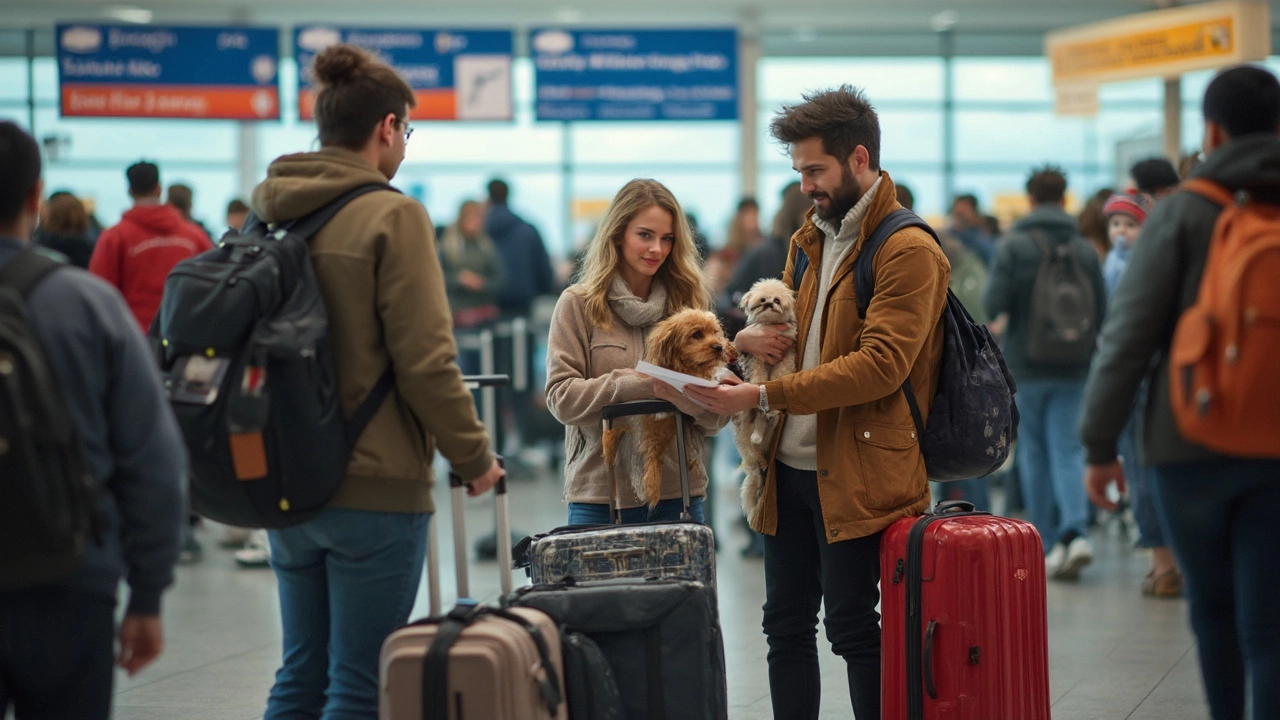Pet Carrier Guide: Choose, Use & Travel Safely
Got a dog or cat that needs to hop in a carrier? Whether it’s a vet visit, a weekend getaway, or a long‑haul flight, the right carrier can make the difference between a calm trip and a chaotic one. Below you’ll find the basics you need to pick, pack, and use a pet carrier without the guesswork.
Types of Pet Carriers
Carriers come in three main flavors: soft‑sided, hard‑shell, and backpack. Soft bags are lightweight, fold flat for storage, and usually have mesh windows for airflow. They’re great for short drives or airline trips that require a squeezable design. Hard shells protect against bumps and are ideal for larger dogs or pets that get nervous in flimsy bags. Backpack carriers let you walk hands‑free while keeping your pet close to your body – perfect for hiking trails or city strolls.
When you shop, check the carrier’s dimensions against your pet’s measurements. Measure from the tip of the nose to the base of the tail and add a few inches for comfort. The carrier should let your pet stand, turn around, and lie down easily. If you’re flying, make sure the carrier meets the airline’s size limits – most major carriers allow a maximum of 18 x 14 x 9 inches for cabin travel.
How to Pick the Right Carrier
Start with the size of your pet, then think about the journey. For a quick vet run, a soft carrier with a zip‑up front works fine. For a weekend road trip, a hard‑shell carrier with a secure latch and a removable fleece liner gives extra comfort and protection. If your pet hates being confined, a backpack with a padded interior and a mesh ceiling lets them see the world while staying safe.
Safety features matter. Look for carriers with sturdy, lockable zippers, reinforced base panels, and breathable mesh panels on all sides. Some models include a small handle on top for easy lifting and a safety strap that attaches to a leash – that’s a lifesaver when you need to pull the carrier out of a crowded terminal.
Cleaning is another practical point. Choose a carrier with a removable, washable pad. Hard shells can be wiped down with a damp cloth, while soft carriers should be machine‑washable or at least easy to spot‑clean. A fresh‑smelling carrier keeps both you and your pet happier.
Finally, test the carrier before you book a flight. Put your pet inside, zip it up, and walk around the house. If they look calm and can move freely, you’re good to go. If they’re squirming or whining, try a larger size or a different style.
With the right carrier, travel becomes a breeze, not a battle. Keep these tips in mind, and you’ll have a happy, safe pet on every adventure.
Posted By Bryndle Redding On 29 Apr 2025 Comments (0)
Is it Hard to Fly with a Pet? A Real-World Guide to Pet Travel
Flying with a pet can sound tricky, but it doesn't have to be a nightmare if you know what's involved. This article breaks down the real challenges of traveling with animals by air, covering everything from airline policies to how your pet might feel about the journey. You'll get tips that actually work, straight from pet owners who've been there. Whether your pet is small enough for the cabin or heading into the cargo hold, there's advice here. If you're planning your first trip with a furry friend, this is the practical, honest guide you need.
READ MORE